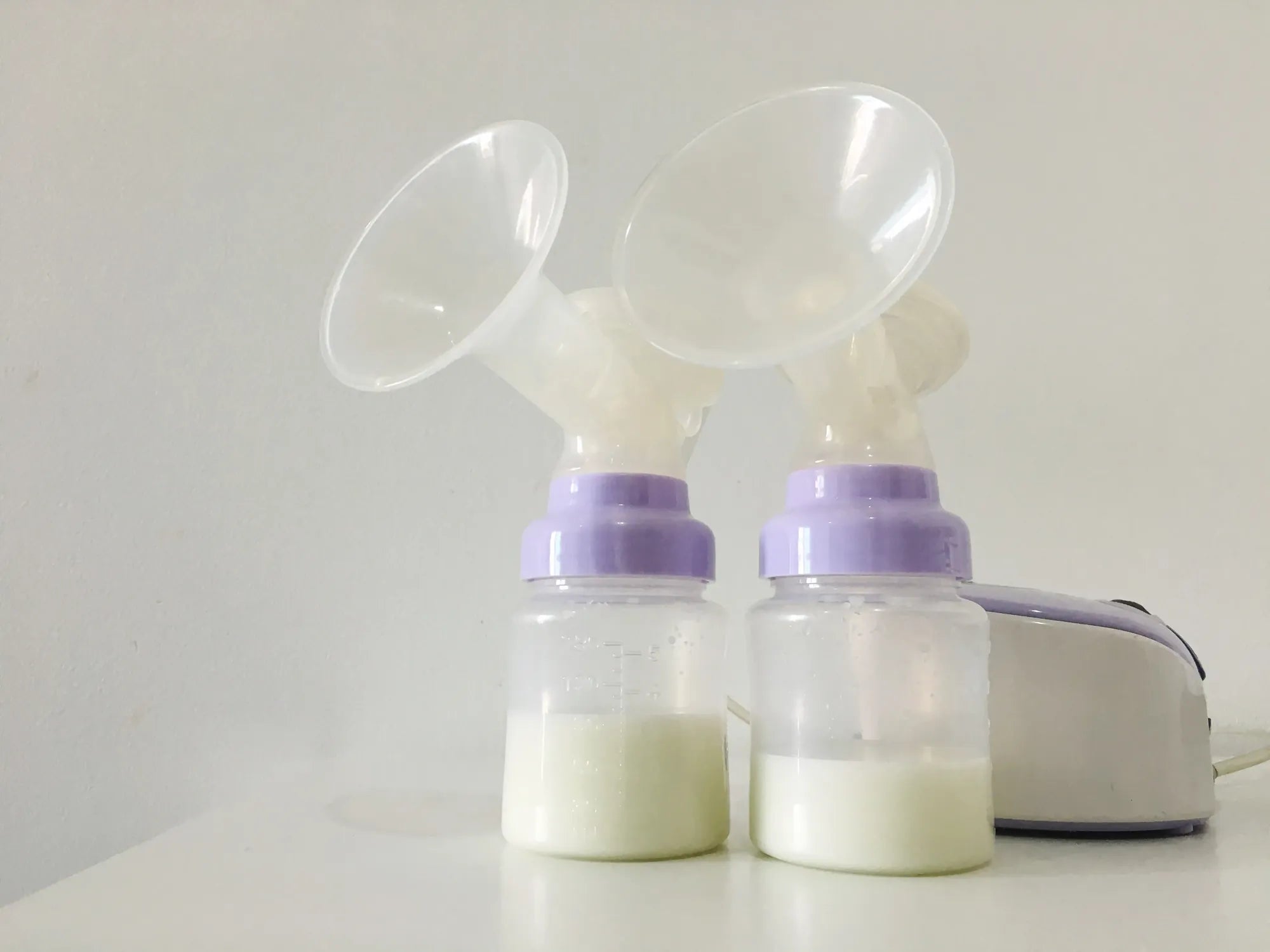Accueil
Pregnancy, Breastfeeding, and Pumping: The Ultimate Guide for Moms
How Long Can You Go Between Pumping Breast Milk

How Long Can You Go Between Pumping Breast Milk
For breastfeeding mothers, pumping breast milk is often a necessary part of the journey. Whether you're returning to work, need to build a stash, or simply want to share feeding responsibilities, knowing how long you can go between pumping sessions is essential. The answer isn't one-size-fits-all, as it depends on various factors such as your baby's age, your milk supply, and your personal schedule. Let's dive into the details to help you navigate this important aspect of breastfeeding.
Factors Influencing Pumping Frequency
Several factors determine how often you should pump breast milk. These include:
- Your Baby's Age: Newborns typically feed every 2-3 hours, so you may need to pump more frequently during the early months. As your baby grows and starts solid foods, the frequency may decrease.
- Your Milk Supply: If you have an oversupply, you might be able to go longer between sessions. Conversely, if you're working to maintain or increase your supply, more frequent pumping is often necessary.
- Your Schedule: Work, travel, and other commitments can impact how often you can pump. Planning ahead is key to staying consistent.
- Your Body's Response: Some women may feel engorged or uncomfortable if they go too long without pumping, while others may not notice a difference.
General Guidelines for Pumping Intervals
While individual needs vary, here are some general guidelines to consider:
- For Newborns: Aim to pump every 2-3 hours to mimic your baby's feeding schedule. This helps establish and maintain your milk supply.
- For Older Babies: If your baby is eating solids and nursing less often, you might be able to extend pumping intervals to every 4-6 hours.
- For Working Moms: Try to pump at least every 3-4 hours during the workday to avoid a drop in supply.
- Overnight: Many mothers can go longer between sessions at night, especially if their baby is sleeping through the night. However, if you're prone to engorgement, you may need to pump once during the night.
Tips for Managing Your Pumping Schedule
Balancing pumping with your daily routine can be challenging, but these tips can help:
- Set Reminders: Use your phone or a timer to remind yourself when it's time to pump.
- Stay Hydrated: Drinking plenty of water supports milk production and can make pumping more effective.
- Create a Comfortable Space: Whether at home or work, find a quiet, private area where you can relax while pumping.
- Use Hands-Free Accessories: These can allow you to multitask and make pumping less disruptive to your day.
- Store Milk Properly: Label and store your pumped milk in clean containers to ensure it stays fresh for your baby.
Signs You're Going Too Long Between Pumping Sessions
It's important to listen to your body and watch for signs that you're stretching the time between pumping sessions too far:
- Engorgement: If your breasts feel full, hard, or painful, it's a sign you need to pump more frequently.
- Decreased Supply: Noticing a drop in the amount of milk you're producing? More frequent pumping may help.
- Clogged Ducts: Going too long between sessions can lead to clogged ducts, which can be uncomfortable and may require intervention.
- Leaking: If you're experiencing leakage, it might be time to pump or nurse.
Balancing Breastfeeding and Pumping
For many mothers, breastfeeding and pumping go hand in hand. Here's how to strike the right balance:
- Pump After Nursing: If you're trying to build a stash, pumping after a nursing session can help increase your supply.
- Alternate Between Breast and Bottle: If your baby is bottle-fed pumped milk, alternate sides to ensure both breasts are stimulated.
- Listen to Your Baby: Your baby's hunger cues can guide when to nurse or pump.
- Be Flexible: Your needs and your baby's needs may change over time, so be prepared to adjust your routine.
Ultimately, how long you can go between pumping breast milk depends on your unique situation. By understanding the factors at play and listening to your body, you can create a pumping schedule that works for you and your baby. Remember, every drop of breast milk is a gift, and finding the right balance is worth the effort.
Pumping breast milk doesn't have to be overwhelming. With the right strategies and a bit of planning, you can ensure your baby gets the nourishment they need while maintaining your milk supply. Whether you're a new mom or a seasoned pro, these insights can help you navigate the world of pumping with confidence. So, take a deep breath, trust your instincts, and know that you're doing an amazing job!
Partager

